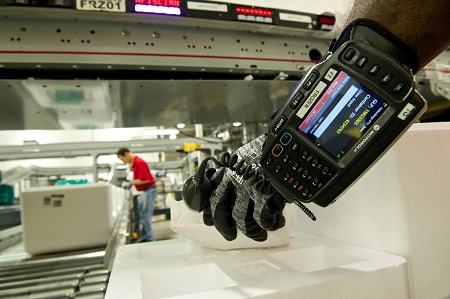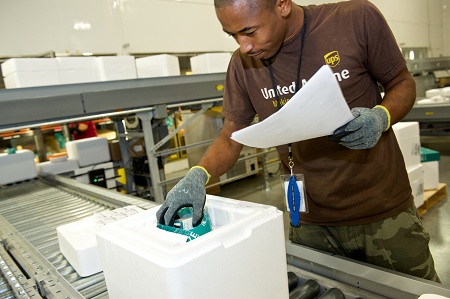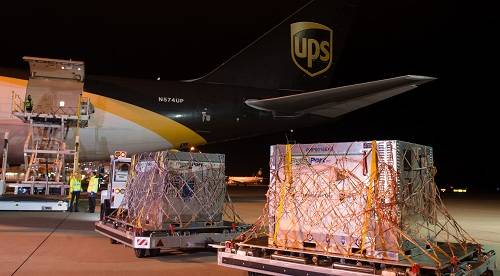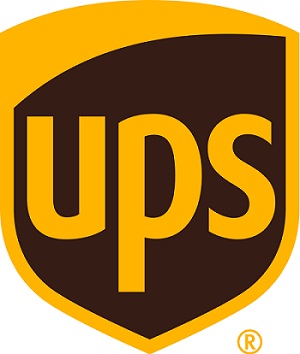When unplanned events such as weather delays cause product spoilage, it’s easy for healthcare executives to react by instituting an across-the-board increase in insulation material.
But a thorough evaluation of the supply chain may reveal a better solution to manage cold-chain packaging costs one that could deliver savings, improve efficiency and possibly create better outcomes for patients.
 By considering the wide range of variables that make up the supply chain including packaging, delivery speed, environmental data about shipping lanes and pack-out requirements healthcare companies can make adjustments that enhance logistics, reduce spoilage and damage, improve space utilization and optimize transportation assets.
By considering the wide range of variables that make up the supply chain including packaging, delivery speed, environmental data about shipping lanes and pack-out requirements healthcare companies can make adjustments that enhance logistics, reduce spoilage and damage, improve space utilization and optimize transportation assets.
Over time, it’s natural for inefficiencies to inadvertently creep into the supply chains at even the best-run healthcare companies. Many shipping operations have developed organically over many years, with modifications and adjustments made in response to unique events or imperfect audits. Eventually, these “inherited” shipping practices and their costs may spiral beyond all reason, the result of well-intended decisions made by business professionals whose service to the company may have ended years before. Decision-makers at these companies may have turned their focus to core issues like research and development – and may not be aware of the advanced methods for delivering their products.
Without a proper assessment, it is impossible to know whether packaging is optimized to best perform its function at lowest possible cost. And sometimes the outcome of an assessment is the opposite of what conventional wisdom might dictate. Indeed, inherited supply chains often have inherent inefficiencies and are ripe for analysis. There are frequently gains to be made, and lessons to be learned along the way.
Finding the right solutions begins by establishing a group of experts with a strong understanding of your business. Typically, this group should include product managers, operations and warehouse personnel, logistics planners and packaging engineers. Each expert should be able to express the present parameters of control within their respective areas of expertise, and to be able to project the implications of adjusting those parameters.
 For example, a shipping manager should not only fully understand the terms of the shipping services presently utilized, but also to be able to speak to the cost and service implications of moving to a faster, or less urgent, service. Product managers must be able to express the conditions which will cause products to decrease in efficiency and, perhaps along with regulatory compliance managers, determine the deviations in conditions which will cause products to fail regulatory standards. Individually and as a team, this group can perform a thorough evaluation of your supply chain and identify areas that could be improved.
For example, a shipping manager should not only fully understand the terms of the shipping services presently utilized, but also to be able to speak to the cost and service implications of moving to a faster, or less urgent, service. Product managers must be able to express the conditions which will cause products to decrease in efficiency and, perhaps along with regulatory compliance managers, determine the deviations in conditions which will cause products to fail regulatory standards. Individually and as a team, this group can perform a thorough evaluation of your supply chain and identify areas that could be improved.
This group should start by documenting the flow of packages and their contents. As the process map is built, it will become clear that product, packaging and transportation are part of a symbiotic relationship. Close attention should be paid to the following:
- Dimensional weight of packages, which determines the cost of shipping large – but light – packages.
- Product ordering, storage and handling. It’s important to assess product ordering patterns to determine the location of the majority of units shipped. Also determine any seasonality in ordering patterns.
- Outer shipping containers and packaging failure information. By improving the ratio of product payload-to-shipping case size, it’s possible to reduce the transportation cost of total units shipped. If payload and shipping cases show a higher-than-anticipated rate of failure in transit, laboratory testing may be needed to dig deeper into the root cause in order to find solutions.
- Specific cold-chain considerations. Start by examining the typical failures found most often at the end of the supply chain, such as temperature excursion or physical damage. As in most areas, the Pareto 80/20 rule is a good place to start an analysis. Begin assessing where the majority of failures are occurring and determine the patterns of failure types. Identify the 20 percent of issues that generate 80 percent of deviations. Then prioritize them and address them by order of importance. Analysis may find, for example, that 80 percent of potency problems are associated with 20 percent of customers. It is then possible to work backwards and identify the problem.
- Packaging types, testing and sustainability. All packaging should be assessed against shipment, product and transit needs. Any custom solution also needs to consider temperature criteria, anticipated time in transit, size, weight and other design constraints. Ambient temperature, shipping lane profile and payload space also factor into this evaluation.
 Once all data have been collected, laboratory testing can create models that will predict how the packaging will perform under adverse conditions. The lab analysis should include component, vibration, drop, shock and environmental tests.
Once all data have been collected, laboratory testing can create models that will predict how the packaging will perform under adverse conditions. The lab analysis should include component, vibration, drop, shock and environmental tests.
Finally, assess package performance against real-life conditions. These include:
- Ambient temperature along the package delivery route can directly affect the temperature stability of contents inside the package. Desert heat or arctic blasts can spoil a controlled room temperature product shipment if the proper packing patterns and transit times have not been followed. Hence the importance of route and seasonal shipping frequency information. Many shippers worked with their carriers to develop temperature profiles for various products and supplemented this data with additional research from individual logistics companies.
- Consideration of pack-out and refrigerants. Information about the transit route, handoffs and the amount and condition of refrigerants to be used in pack-out can be determined with a high degree of accuracy. In fact, shippers may choose to design seasonal pack-outs where, for example, a lower-cost, lighter-weight pack-out for spring and fall may be selected on some routes during warmer weather instead of a heavy-duty, universal pack-out that protects products throughout the year.
- Shipping service level and time in transit. The longer a cold-chain package is in transit, the more refrigerant or phase-change material is needed which in turn lowers its possible payload size. Longer transit times increase the per-unit cost of shipping a cold-chain product and may increase the complexity of the pack-out. In such cases, a faster shipping option with less packaging, insulation and refrigerant may be a better option. Conversely, decreasing transit time may preserve payload size, but incrementally increases the transit cost. However, the universal default to a lower service level and longer transit times may in fact achieve the opposite of its intended goal. Every hour the package remains in transit is an hour that it is exposed to risk, and it is often the case that a package shipped by a faster service with less packaging, insulation and refrigerant is the better option to help prevent product spoilage—as well as a less costly option when taking into account the cost of product loss.
 Healthcare manufacturers should continually look for ways to optimize their cold-chain packaging. The benefits can be far-reaching, starting with increased efficiencies and cost savings and extending to safer transportation of pharmaceutical goods and medical devices that improve the quality of lives. And while improving the transportation of pharmaceutical products and medical devices can have a profoundly positive impact on business costs and efficiency, “getting it right” helps fulfil the most important purpose of healthcare: making people well.
Healthcare manufacturers should continually look for ways to optimize their cold-chain packaging. The benefits can be far-reaching, starting with increased efficiencies and cost savings and extending to safer transportation of pharmaceutical goods and medical devices that improve the quality of lives. And while improving the transportation of pharmaceutical products and medical devices can have a profoundly positive impact on business costs and efficiency, “getting it right” helps fulfil the most important purpose of healthcare: making people well.






















